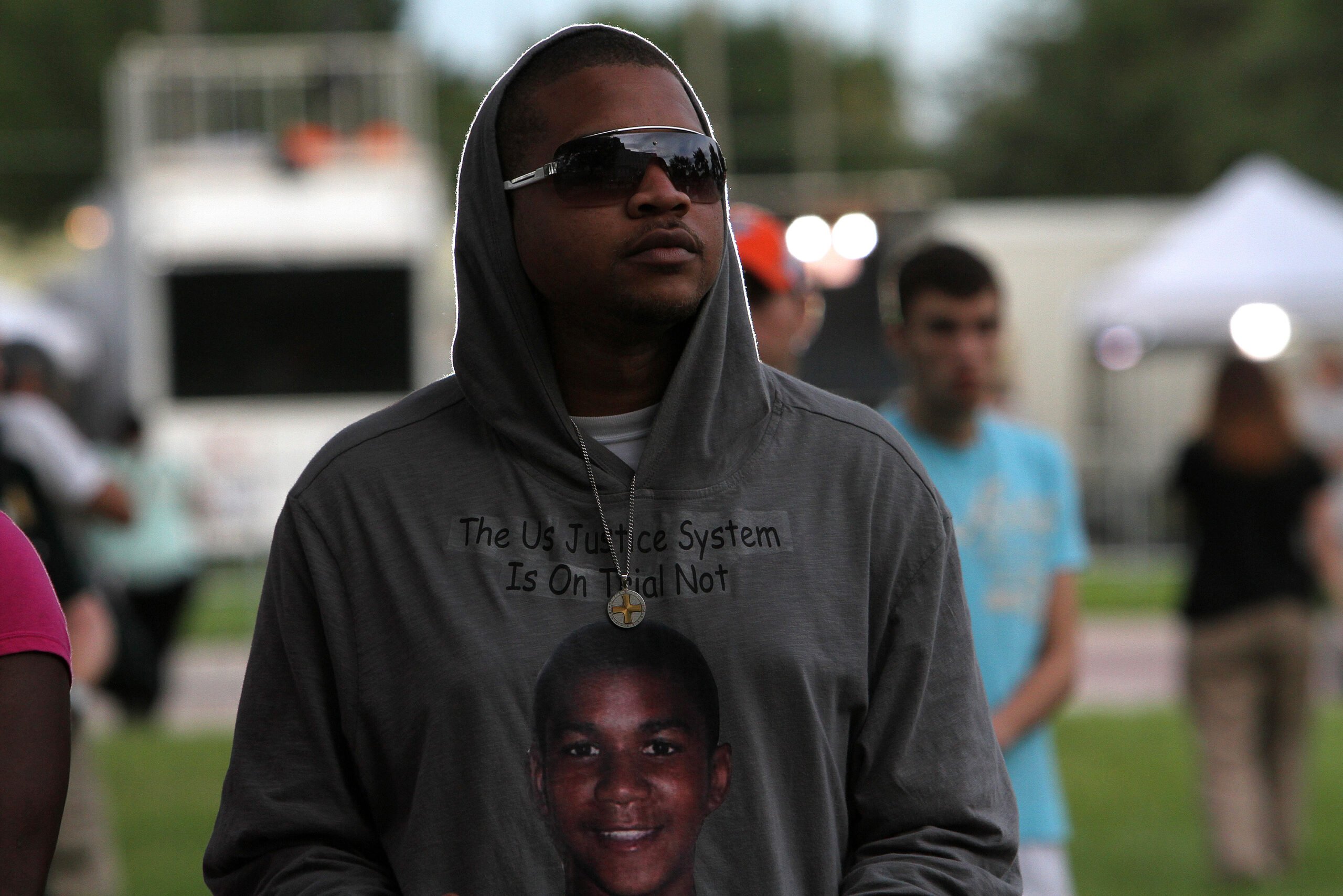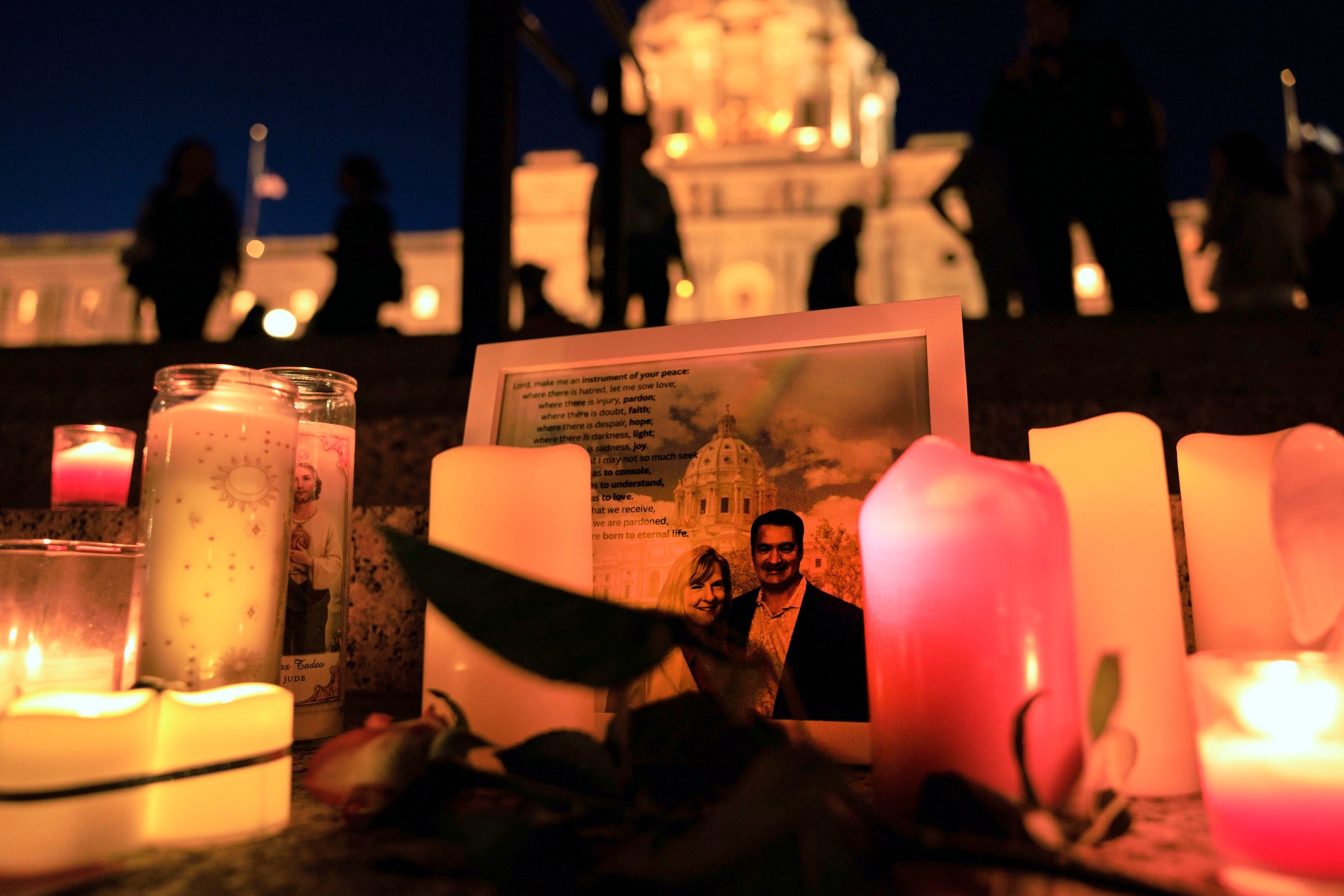Late last month, Philadelphia’s public transit system announced that it would fully enforce a ban on people wearing a “mask or other article of clothing worn to disguise the wearer’s identity.” The decision followed the killing of a teenager on a city bus by a shooter whose face was covered. Shortly after, City Council members introduced legislation to ban full face coverings in a number of public places, as a gun violence prevention measure. The intended target of these policies: ski masks, also called balaclavas. Ski masks exploded in popularity during the pandemic, particularly among Black teenagers after rapper Pooh Shiesty, known for his characteristic ski mask, rose to fame around 2019. The rapper’s prominence generated a new nickname for the accessories: “shiestys.”
Council members and proponents say the bans on these accessories can help homicide investigators identify suspects and make people feel safer. But, as WHYY reported, there’s no body of academic research showing whether such policies lead to reductions in violent crime — and experts say they unfairly target young Black people. “The wearing of a ski mask or a face covering in and of itself cannot be a lawful basis for a police stop,” Kristin Henning, author of the book The Rage of Innocence, told WHYY, noting that a similar ban on hoods and masks in Washington, D.C., was recently repealed due to concerns that police were violating young people’s constitutional rights.
It’s not the first time style has been used to criminalize or stigmatize Black teenagers. In the mid-2010s, towns across the country passed laws prohibiting sagging pants; as recently as last year, the federal Government Accountability Office reported that schools continue to enforce discriminatory dress codes. Hoodies, too, have long been a tool of racial profiling. They became a symbol of the fight for social justice — “a superhero cape” for Black public figures, journalist Emil Wilbekin wrote for The Cut — after Trayvon Martin was shot and killed in 2012.
The U.S.’s history of policing fashion as a broader tool of oppression goes back further, too. Look at the 1943 “Zoot Suit Riots,” in which thousands of white servicemen and civilians attacked people of color, primarily Mexican Americans, for wearing flamboyant suits popular among jazz musicians at the time. Or consider the 19th century laws against cross-dressing, precursors to today’s right-wing effort to criminalize drag performances. But for Black people, who are disproportionately shot and killed by police, such arbitrary policies like ski mask bans pose a heightened risk by creating unnecessary interactions with law enforcement.
And as Philadelphia magazine’s Ernest Owens notes, there’s a double standard: The threat of far-right domestic terrorism is rising, but there aren’t proposals to ban MAGA hats, which have become a weaponized symbol of hate. The ski mask ban is “an attempt to police the behavior of the Black youths who wear them and not the application of empirical data to find alternative solutions,” Owens writes. He continues: “If you want to ban the shiesty because you’re uncomfortable with Black kids in public who have their faces covered, just say it. But own up to the implicit bias, double standard and racism that stance signals.”
From Our Team
What Are the Effects of Incarceration on Americans’ Lives?: The U.S. has 78 million people with criminal records who face more than 40,000 legal restrictions and barriers to finding jobs and housing, per a new survey.
The Many Ways Domestic Violence Foreshadows Mass Shootings: How are intimate partner violence and mass murder intertwined, and what can be done to save lives?
Is Philly’s Gun Violence Prevention Grant Program Working?: The pilot program paid $13.5 million to 31 community groups who served more than 4,800 people, mostly men and teenage boys.
What to Know This Week
The number of Americans, both Democrat and Republican, who view gun violence as a significant problem is on the rise — and a majority expect that it’ll get worse over the next five years, new polling shows. [The Washington Post]
More than a dozen cities and counties nationwide have enacted or restarted enforcement of curfews for young people since the start of 2023 in the name of keeping them safe. But research shows that curfews don’t reduce crime. [The Marshall Project and The Baltimore Banner] Context: Criminalizing young people’s presence in public places hasn’t stopped them from getting caught up in gun violence. What could?
Most mass shooters don’t live to be tried for their crimes. When they do survive — as the Club Q attacker did, sentenced this week to life in prison without the possibility of parole — the question of whether victims’ loved ones should speak in court, or what they should say, is particularly fraught. [The New York Times/The Colorado Sun]
The Parkland, Florida school resource officer charged with child neglect, negligence, and perjury for staying outside Marjory Stoneman Douglas High School during the 2018 massacre was acquitted on all counts. [CNN]
Chicago Mayor Brandon Johnson is shifting the city’s public safety strategy from a reactive, police-driven approach to one that focuses on violence prevention. How long will it take to see results? [The TRiiBE] Context: Now that he’s in office, supporters and critics are closely watching to see if Johnson follows through on his campaign promises to include everyone in the process of making Chicago safer.
In the weeks after Border Patrol agents shot Raymond Mattia, few details emerged about the circumstances of the Native man’s killing. Newly released body-worn camera footage only raises more questions. [The Intercept]
Violence interrupters with the nonprofit Switching Lifestylez have been responding to shootings and de-escalating conflicts in Brooklyn’s Fort Greene neighborhood for over a year. Their work is similar to what they did as employees of a now-folded interruption group, with one difference: This time, they didn’t wait for a city paycheck to start serving the community. [THE CITY]
Five Black and Latino Chicagoans are suing the city’s Police Department for discriminatory and invasive traffic stop policies after officers pulled them over more than 50 times combined in the past six years; only one stop resulted in an arrest, per attorneys, and those charges were dropped and expunged. Chicago police are historically much more likely to pull over Black drivers than white drivers, even though data shows that white drivers are more likely to be found with drugs or weapons. [Block Club Chicago]
In the half-decade since a shooter killed five people in the Capital Gazette newsroom in Annapolis, Maryland, the survivors drifted apart, entering new jobs and social orbits — but the paper has carried on. The point, writes the Gazette’s former editor, is that “you cannot silence a free press. We survived. We endure.” [The Baltimore Banner]
Chronic exposure to gun violence can leave young people with a “war zone” mentality, and a world view in which shootings are considered normal. But few American school districts have consistent programming to help students navigate the aftereffects of community violence. [The Guardian]
In Memoriam
Kahalil Wilkes, 30, “shared everything” with his mother, she told The Philadelphia Inquirer, and checked in with her every day to wish her good morning. Wilkes was shot and killed in Philly on Saturday, one day after he told his mom he was planning to move to North Carolina, to get his two kids away from the city’s gun violence and make sure they could have a “good life.” He was a family man: In addition to his mother, Wilkes made phone calls and sent texts to a bevy of relatives each day. He spent a lot of time with his nieces and nephews; he made them laugh and took them to stores. He was loved by many, his mother said. “He was a good person,” she continued. “He was always happy.”
We Recommend
His Friends Believed He Could Have Been the Next MLK. A Bullet Took His Life.: “He spoke, he moved in a way that made him relatable to children, to his peers, to elders. He wanted everybody to have a slice of the pie, to succeed. He shouted when others remained silent. He cared about people. He would help save landmarks of Black history, found a theater, launch four small businesses, blast out big emails with big ideas in the middle of the night. He would send friends off to college, help friends bury loved ones. … [Elijah Lee Lewis] would only get five more years before he encountered the man with the gun. A bullet would end his life.” [USA TODAY]
Pull Quote
“I would love to know the right thing to say to a fifth-grader who saw a shooting last night. … It’s wild to think about how much violence and death they’ve all known.”
— Hannah Geitner, a fifth-grade teacher in Richmond, California, on the lack of resources for elementary school-age kids exposed to gun violence, to The Guardian

